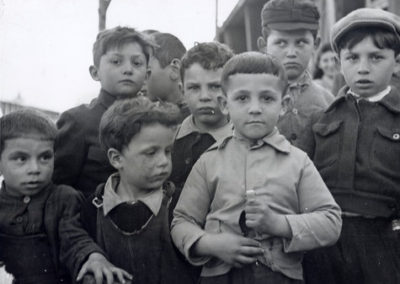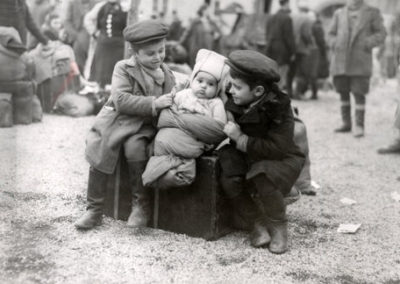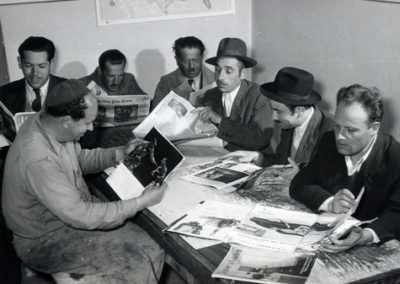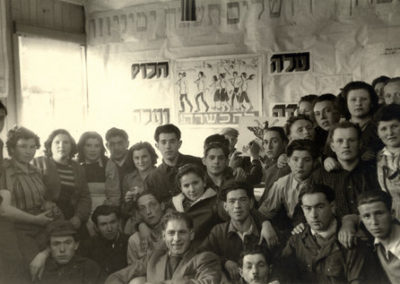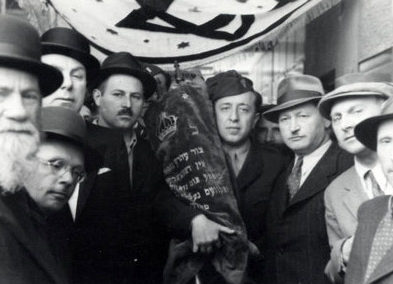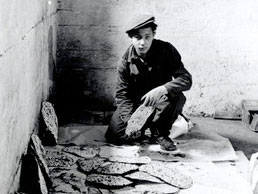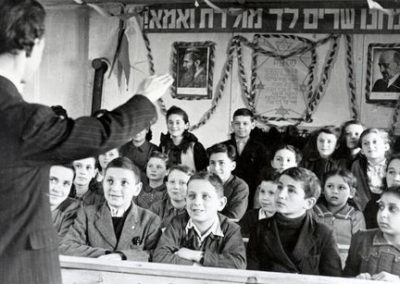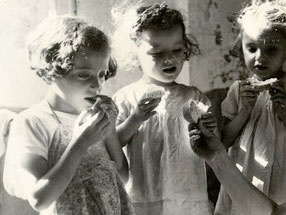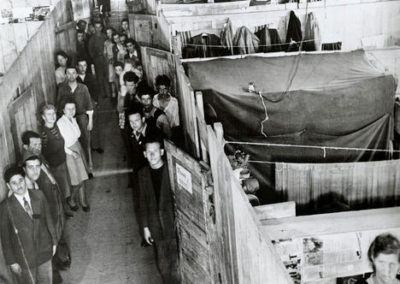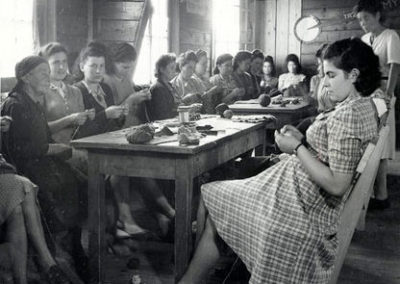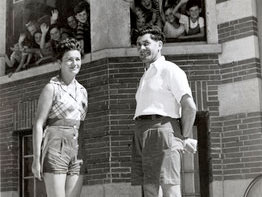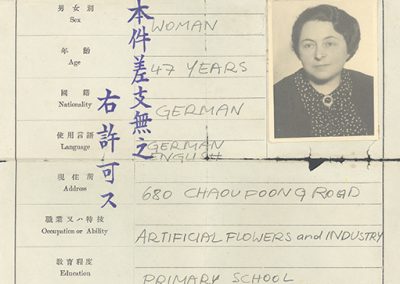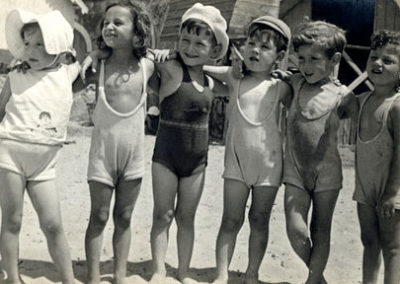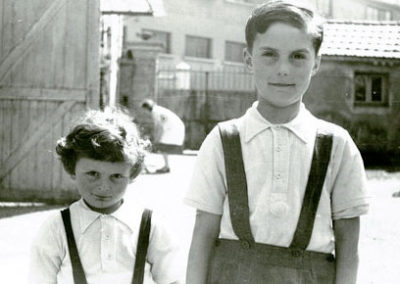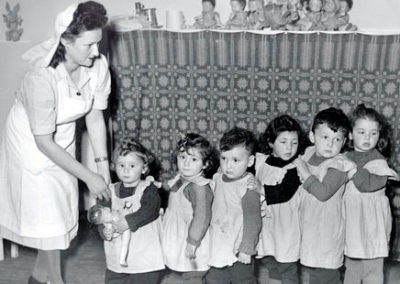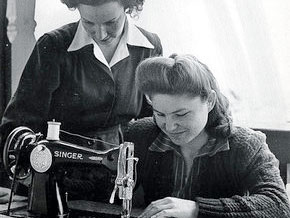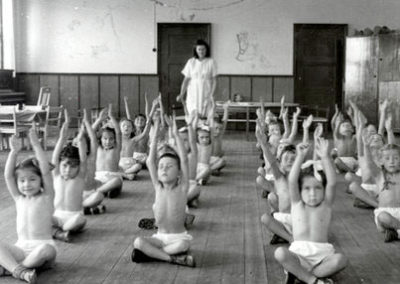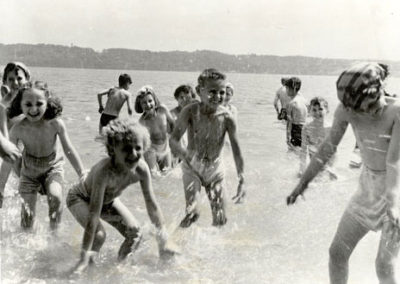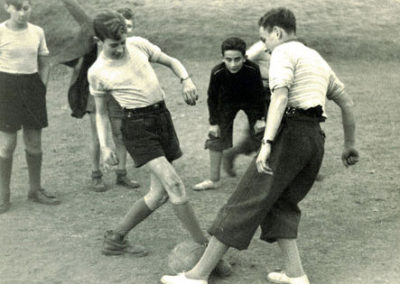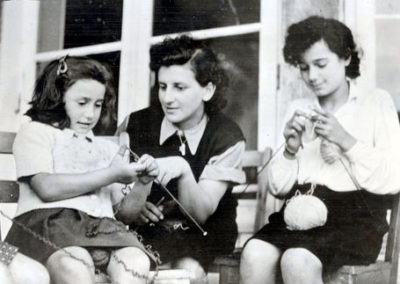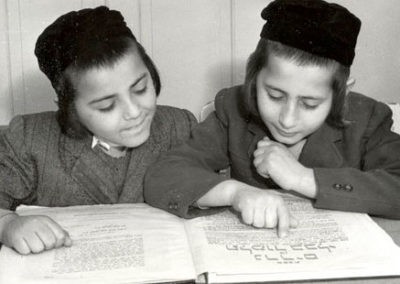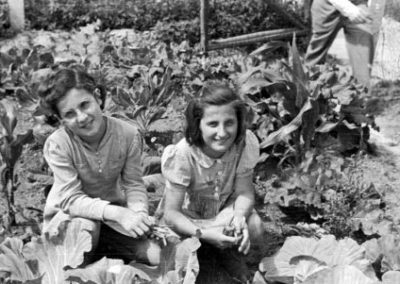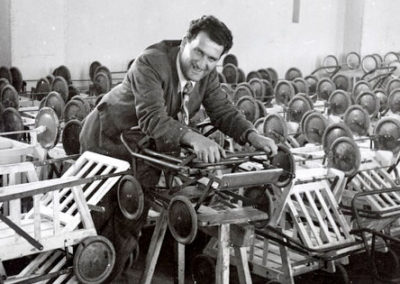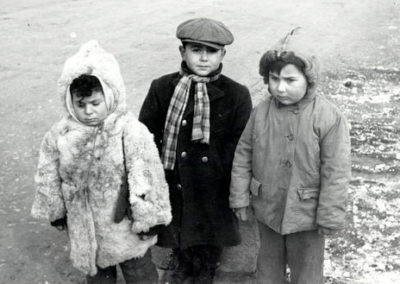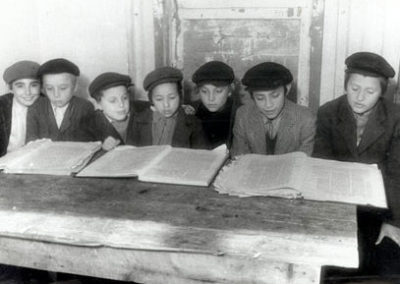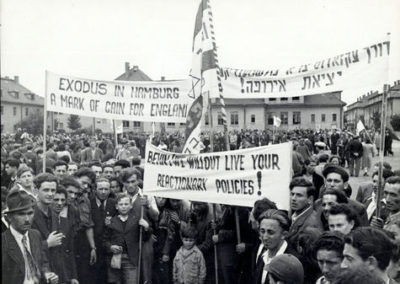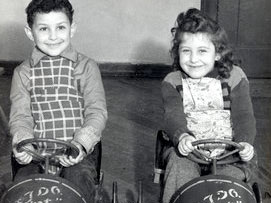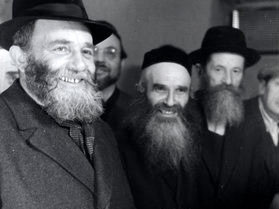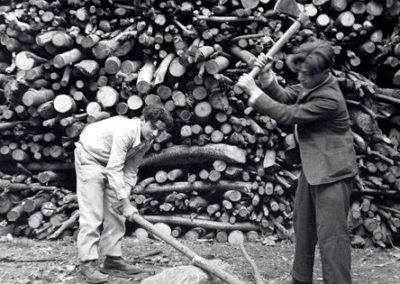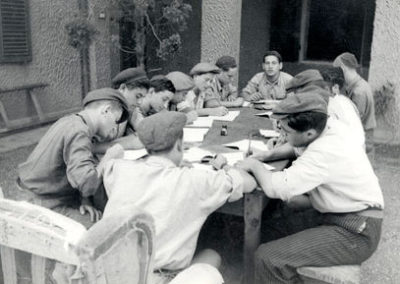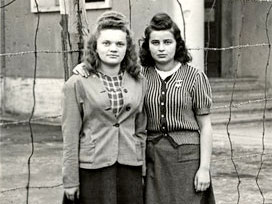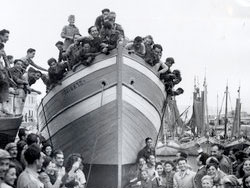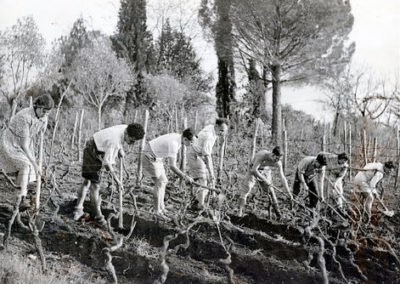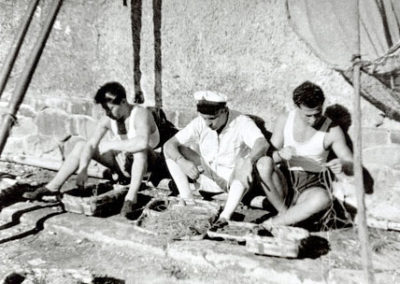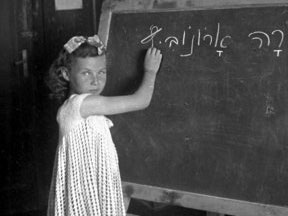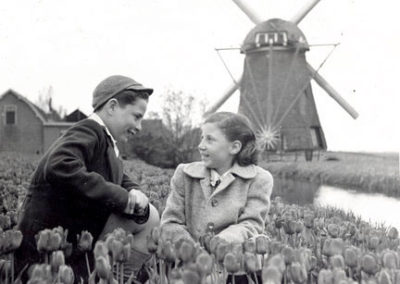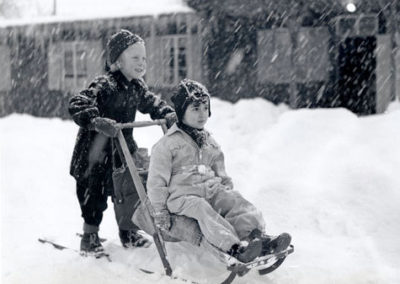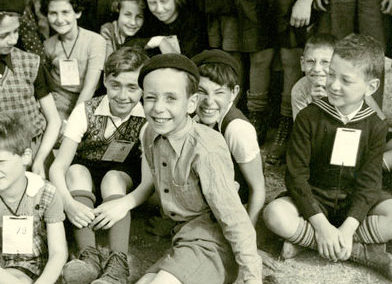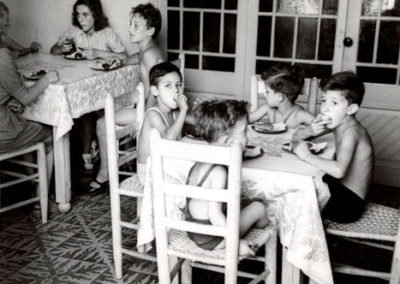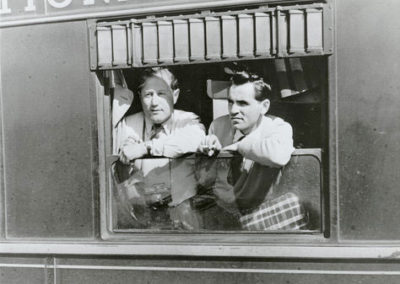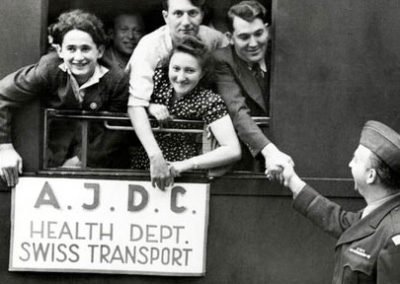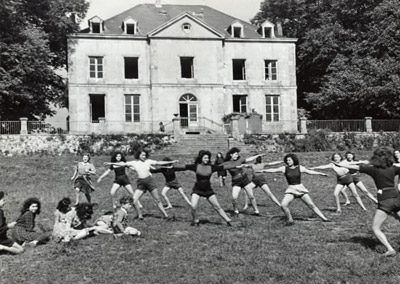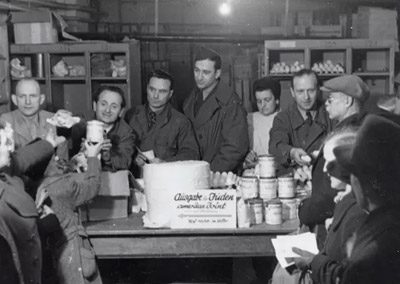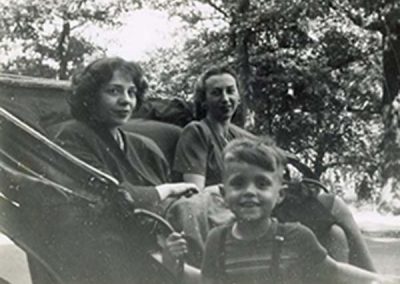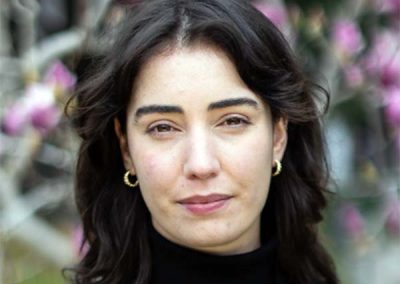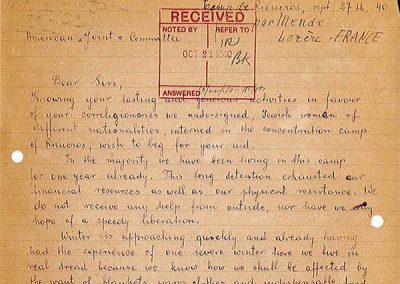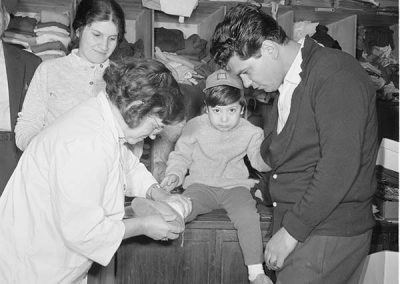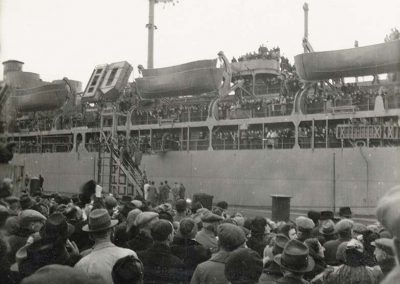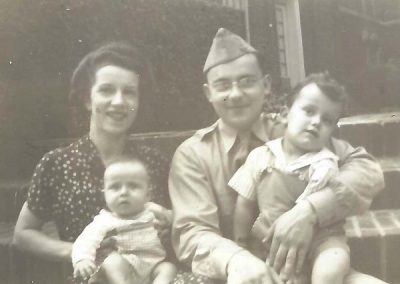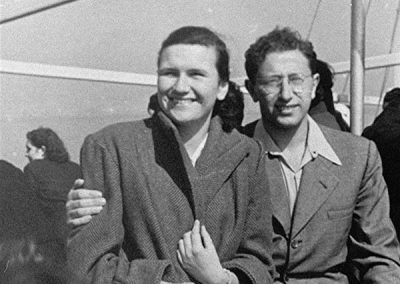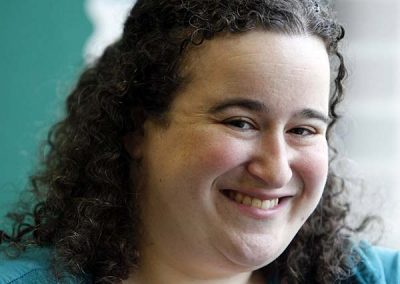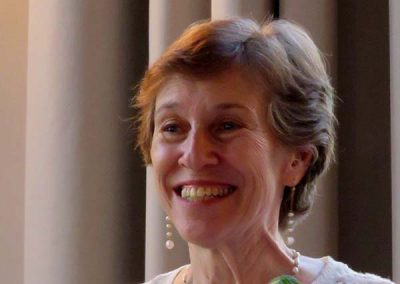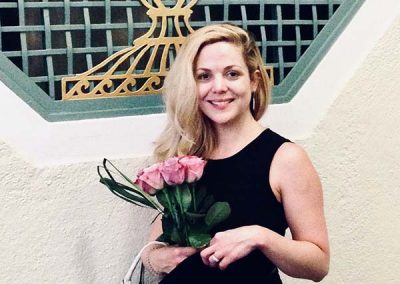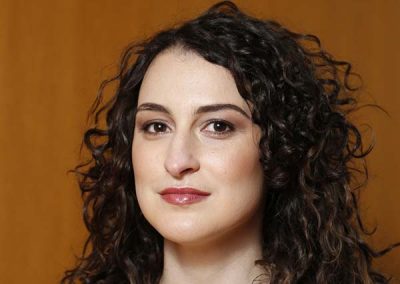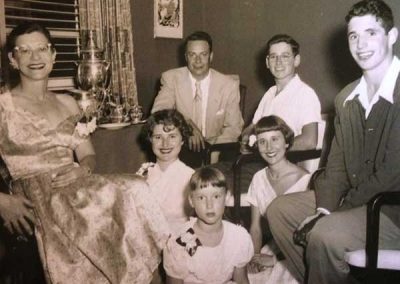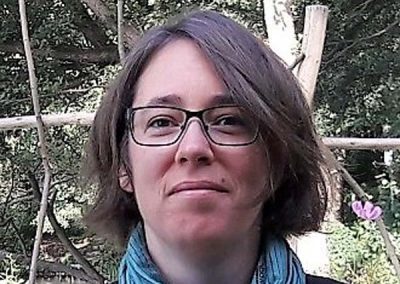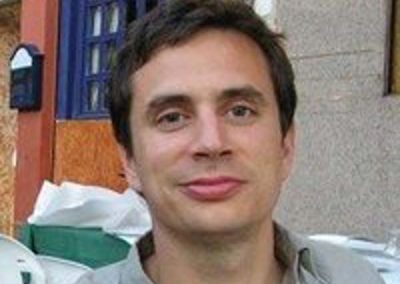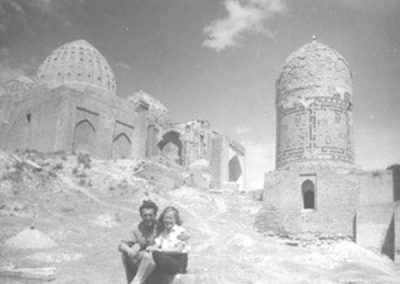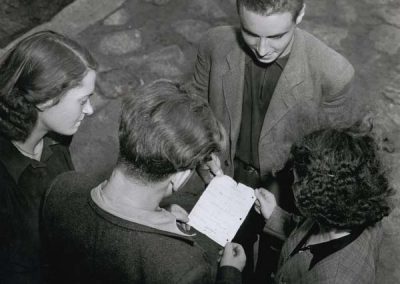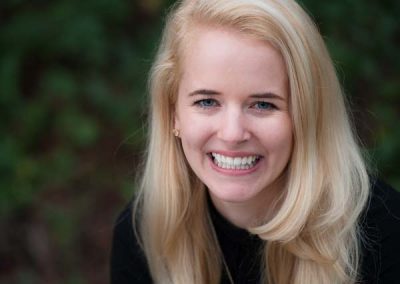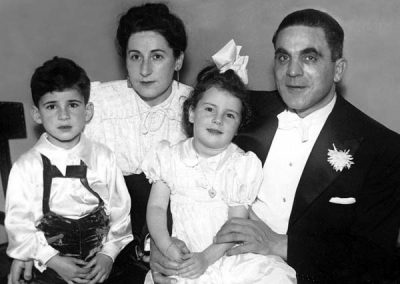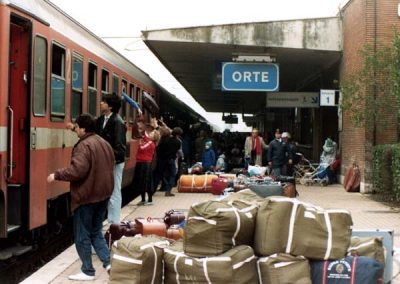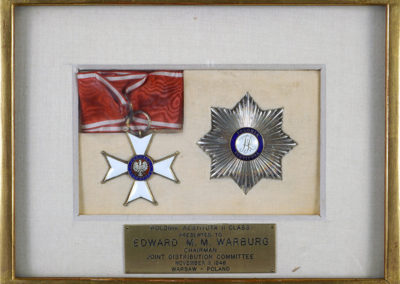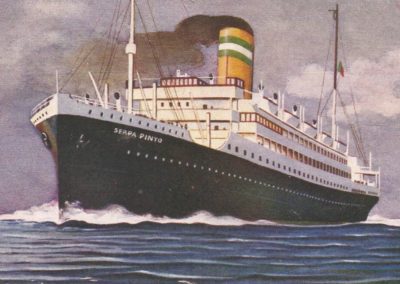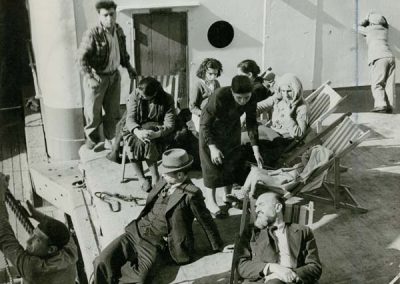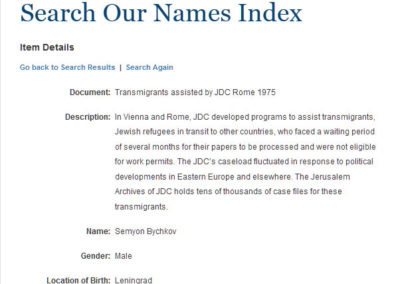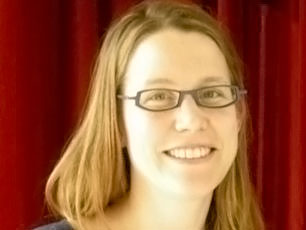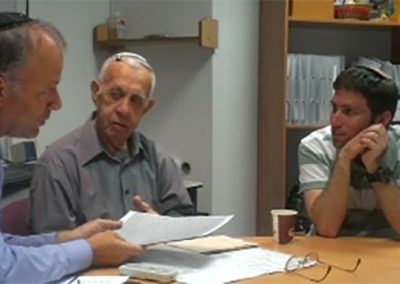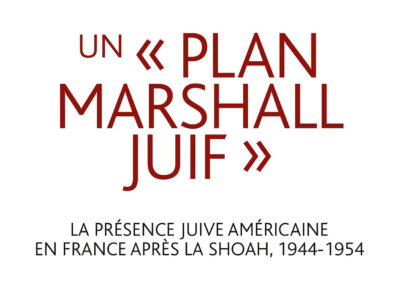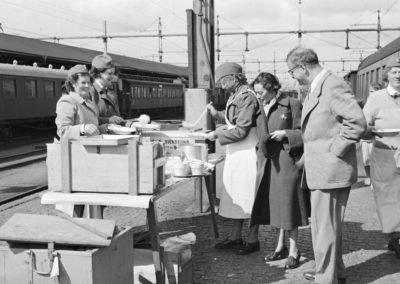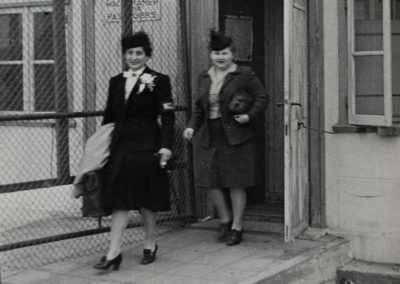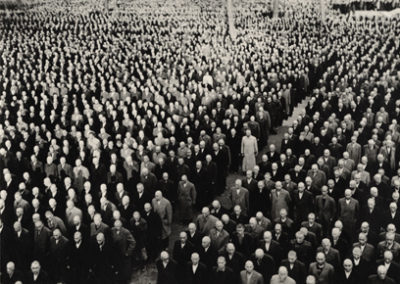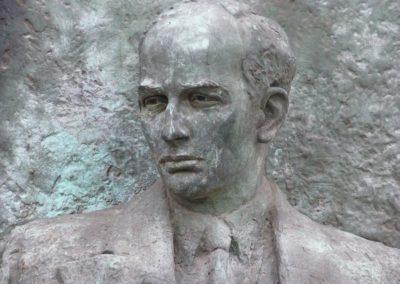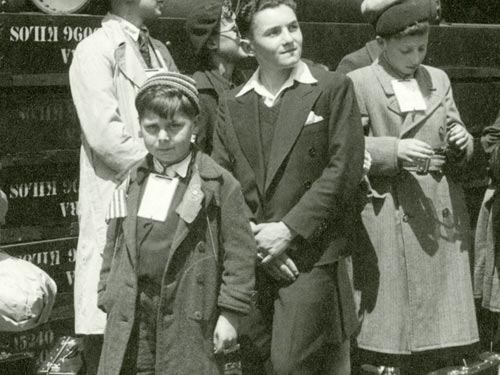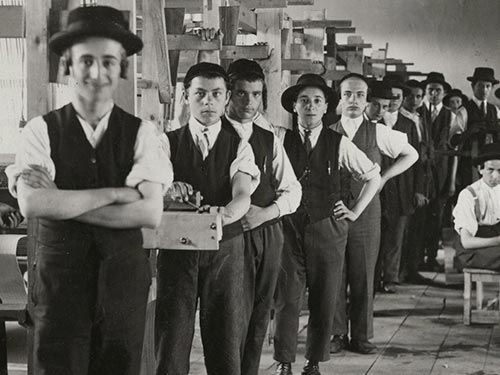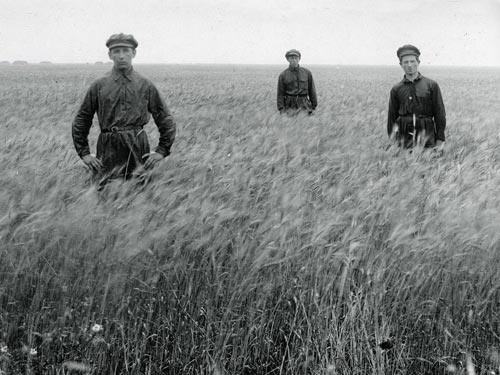Western Europe
A young refugee boy in a soup kitchen holds a bowl to receive food at a JDC-supported facility.
Switzerland, June 1943.
Following World War I, JDC assisted Galician Jewish war refugees in Vienna. With the rise of Nazism, JDC helped the German Jewish Community adjust to new laws and developed vocational training, schools, and emigration assistance. Throughout Europe, JDC sought to save lives, provide relief, and arrange rescue options wherever possible. JDC operated in the DP camps, augmenting services for survivors and arranging emigration. JDC helped rebuild Jewish communal life in the postwar decades, assisted French Jewry absorb immigrants from North Africa, and aided Jews from behind the Iron Curtain as they passed through Vienna and Rome en route to the U.S. JDC continues to support community development in the region.
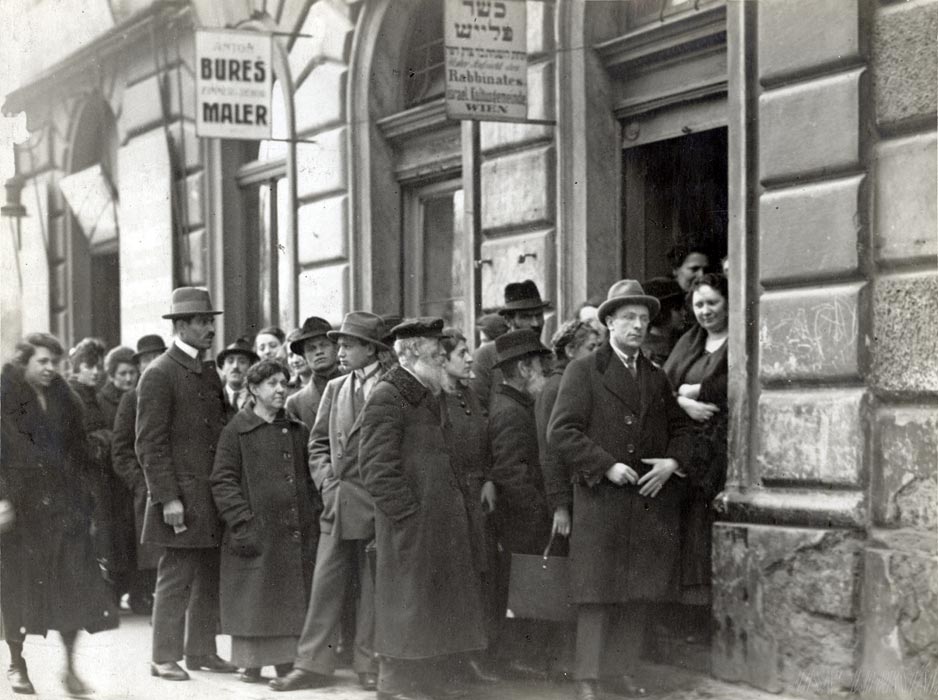
People waiting in line to receive distributions of kosher meat
Vienna, Austria, 1920s. Agency: IISA Werkstatte.
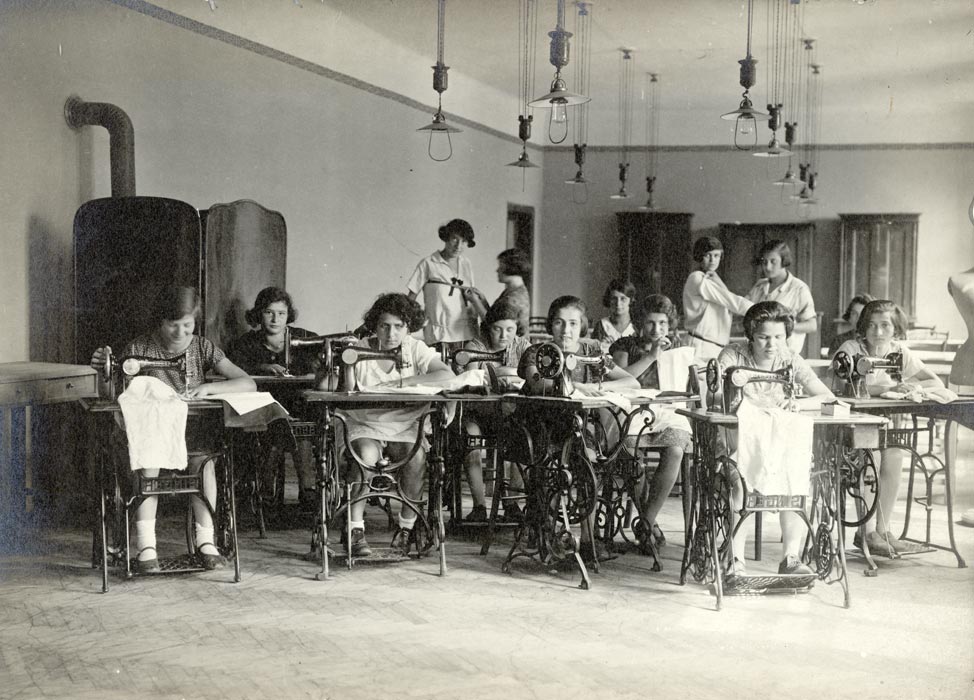
A sewing class for refugee girls at a vocational school
After World War I, JDC provided assistance and vocational training in Vienna to the many Galician Jewish refugees who flooded the city.
Vienna, Austria, 1920s.
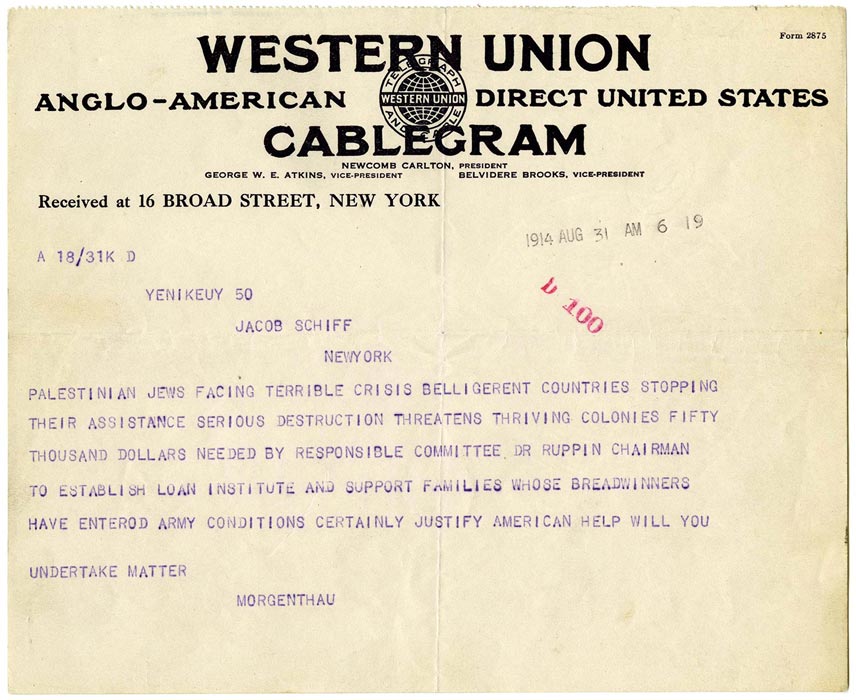
Radiogram from Rabbi Emanuel Reichert to Rabbi Jonah Wise, JDC National Campaign Chair
JDC sent Rabbi Reichert to Germany and Czechoslovakia to assess and report on the situation. Rabbi Reichert’s message told of the urgent conditions in Germany and pleaded for assistance to save lives.
June 1933.
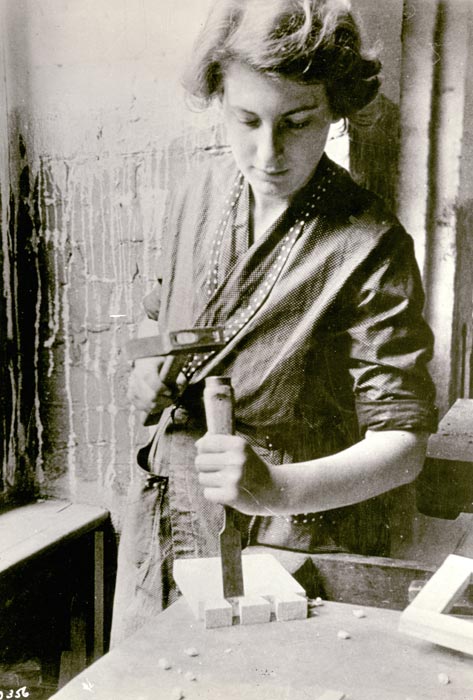
Vocational education
A young woman chisels a joint in a cabinet-making class. German Jews found themselves increasingly excluded from the national culture and economy following Hitler’s rise to power. The local Jewish community, with support from JDC, provided training to give people new skills and the ability to find work.
Germany, c.1935.
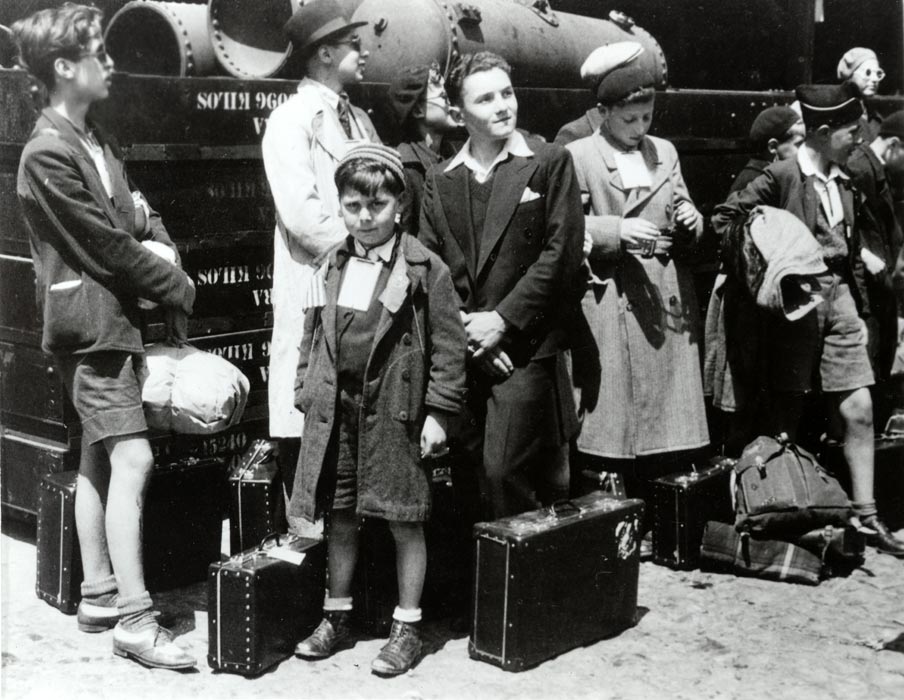
Jewish refugee children surrounded by suitcases and packages and wearing American Friends Service Committee ID tags, waiting in line to board the S.S. Mouzinho for their journey to the U.S.
JDC worked with HICEM (the Jewish overseas emigration association) to facilitate the immigration of Jewish children to the United States on special State Department visas.
Lisbon, Portugal, 1941.
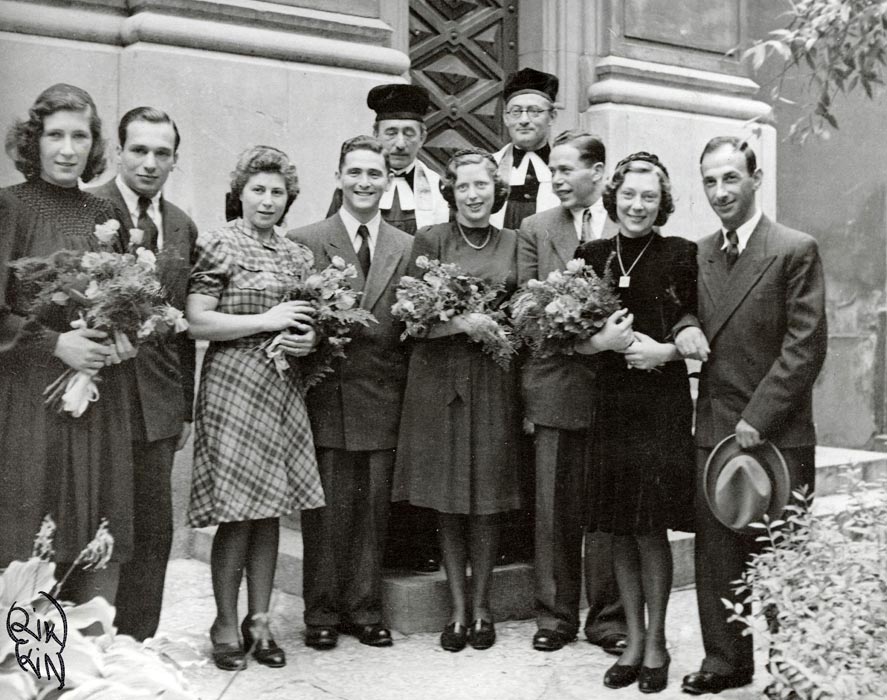
Four refugee couples who met in the DP camps wed in Stockholm
The couples stand outside the Stockholm synagogue with the officiating rabbis.
Stockholm, Sweden, c.1945. Photograph: Anna Riwkin.
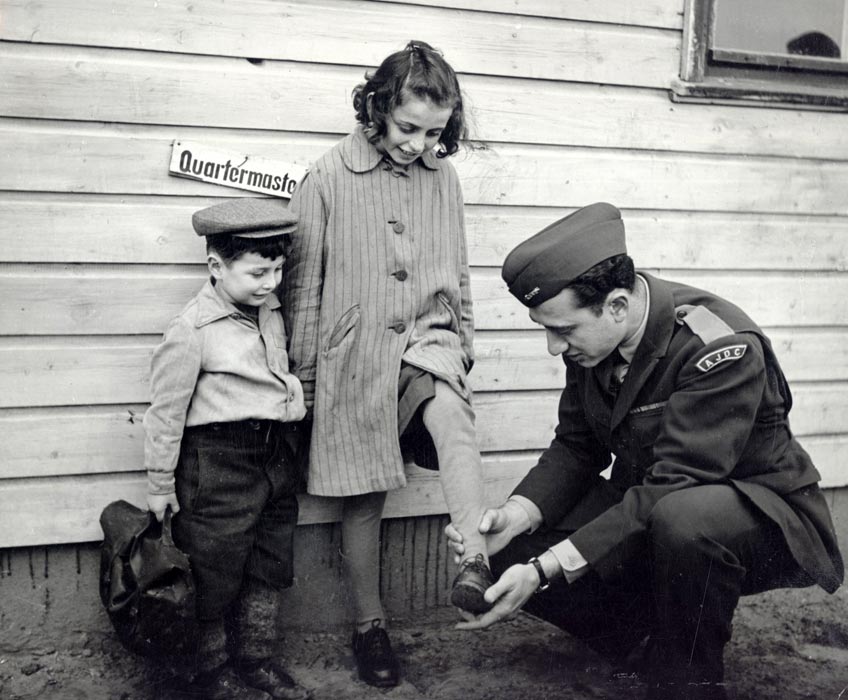
A young refugee at the UNRRA Duppel Center for displaced persons being fitted for a new pair of shoes
With her is Eli Rock, Chief of JDC Operations in Berlin; like all JDC staff seeking access to the camps, Rock wore a modified U.S. Army uniform with AJDC insignia.
Berlin, Germany, c.1946-1948.
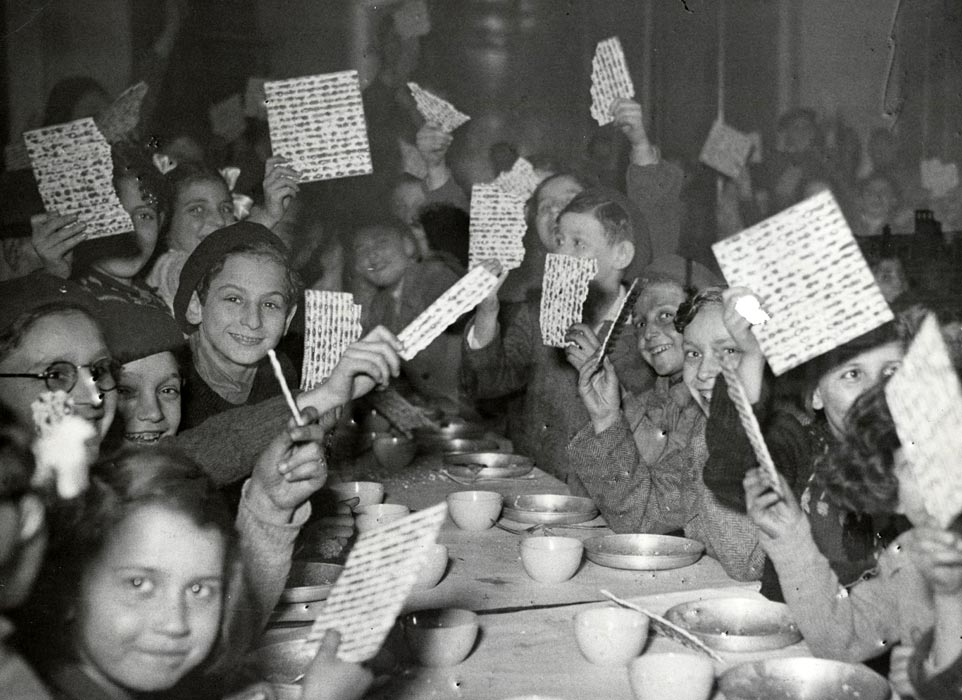
First Passover after World War II for refugee and orphaned children
The seder was held in a children’s canteen supported by the Federation des Societes Juives en France.
France, c.1947.
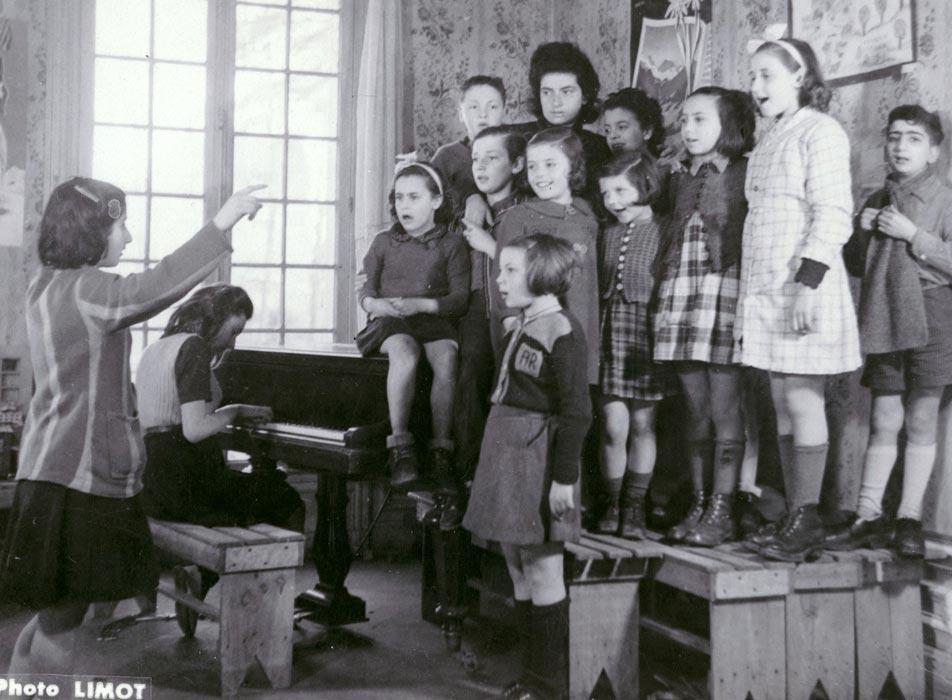
Children's chorus in the Les Glycines home for refugee children
Working in conjunction with OSE, JDC funded 61 children’s homes scattered across France, supporting approximately 15,000 Jewish children all over Europe.
Draveil, near Paris, France, c.1948.
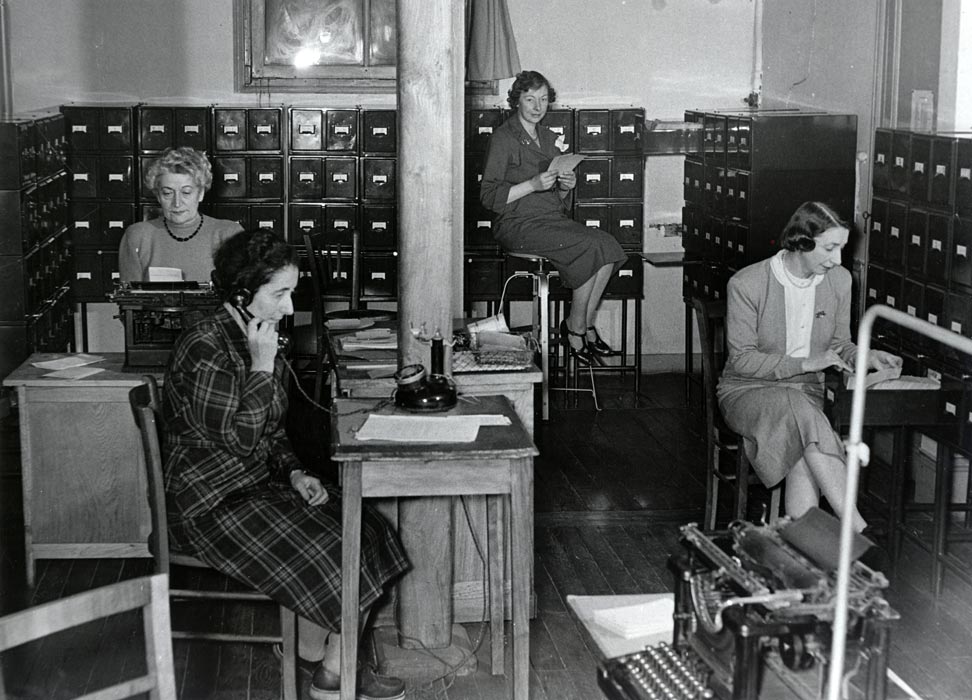
The four-woman staff of the JDC Social Service Exchange
These women managed a caseload of 120,000 Jewish immigrants seeking assistance from 53 Jewish welfare agencies in France.
Paris, France, 1951. Photograph: Jerome Silberstein.
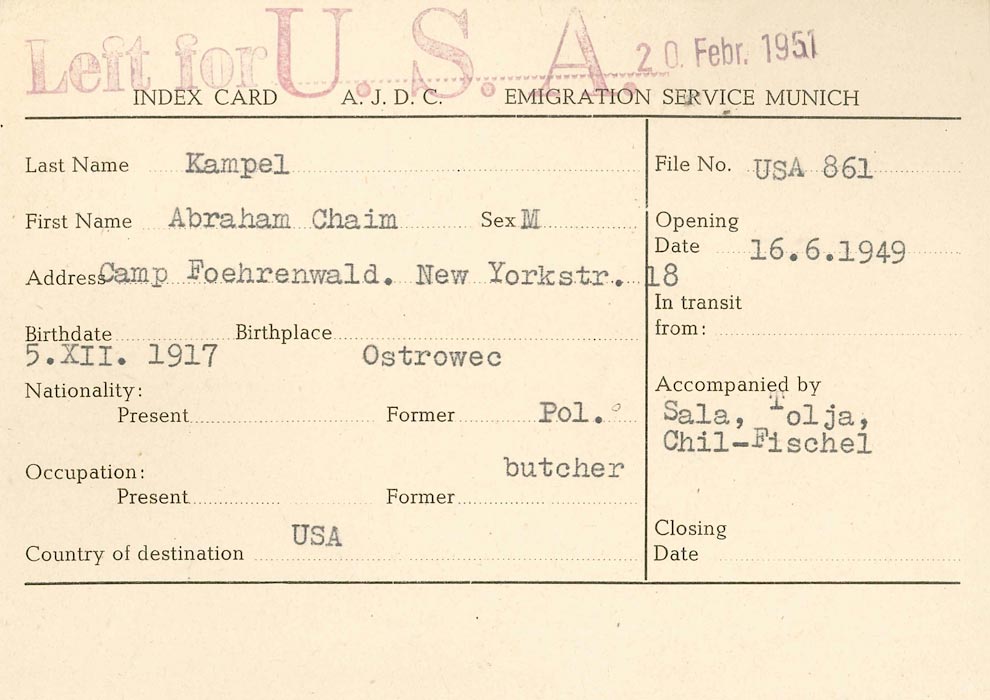
Index card for Abraham Chaim Kampel
Following World War II, JDC’s Emigration Service, which operated out of offices in a number of cities in Europe, assisted many thousands of survivors to emigrate to North and South America, Palestine/Israel, South Africa, and Australia. This card is for a resident of the Foehrenwald DP Camp; his case was handled by the Munich office of the JDC Emigration Service.
Munich, Germany, 1951.
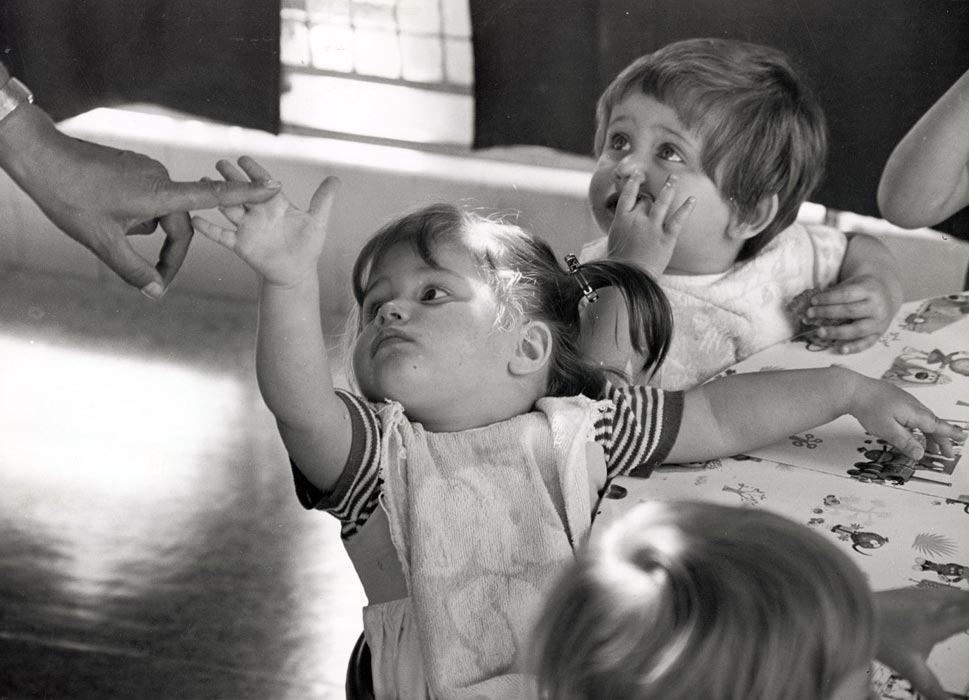
Algerian Jewish refugee children at the Foyer Amical Canteen
Almost the entire Algerian Jewish community sought refuge in France following Algerian independence in 1962. JDC assisted the French government and French Jewish welfare agencies to aid almost 360,000 refugees.
Paris, France, c.1962. Photograph: Daniel Franck.
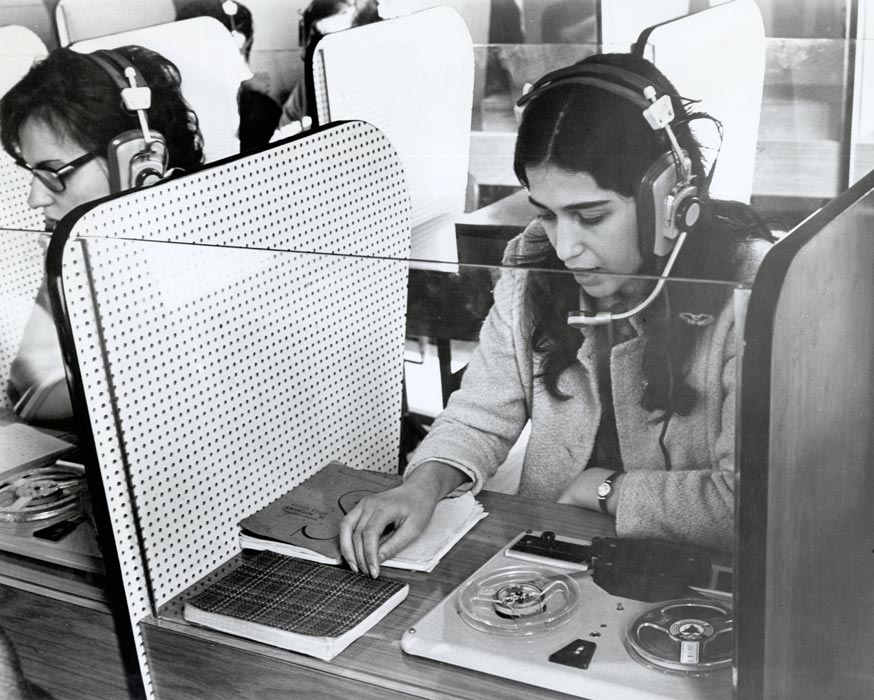
Teenagers from Libya, Egypt, and Eastern Europe study English in a JDC-supported program while they await immigration arrangements
After completing their language studies in a special program supported by the JDC, the young people will go to Canada, Australia, or the United States.
Rome, Italy, c.1967.
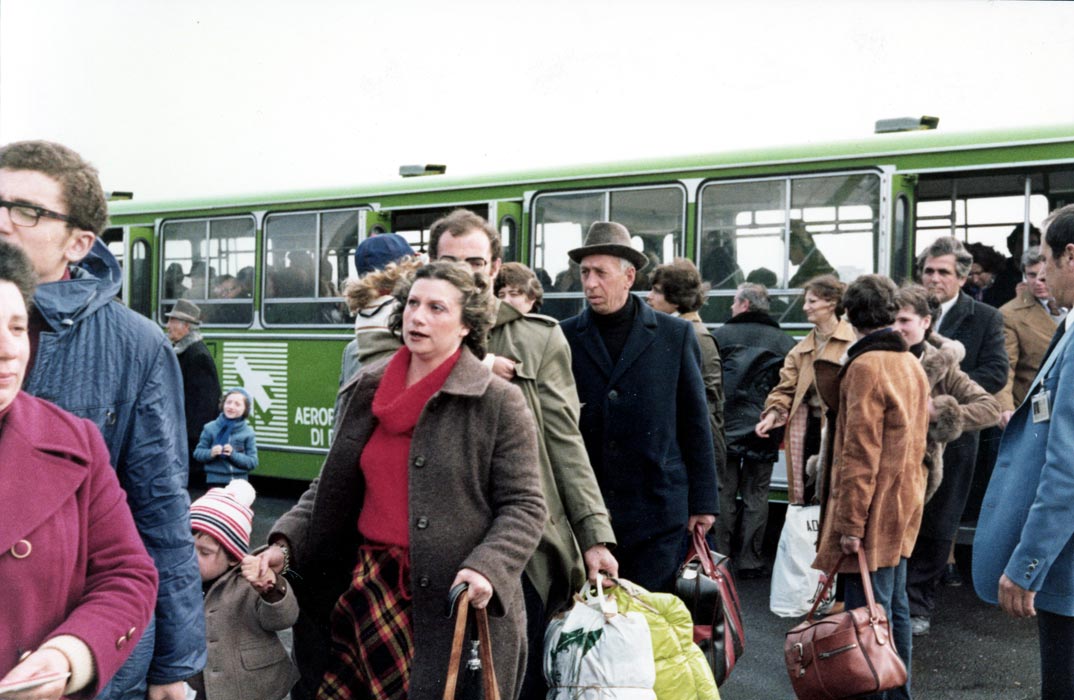
Soviet Jewish transmigrants at the Rome airport en route to the United States
Rome was one of the main processing locations for Soviet emigres; JDC maintained an office there to provide assistance to those passing through.
Rome, Italy, 1980s.
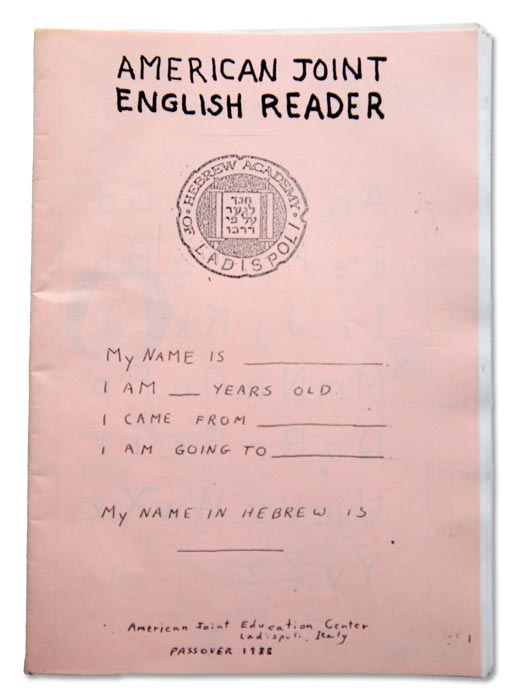
Reader for English-language learning
This English reader with Jewish content was created for Soviet transmigrant children in Italy. The children attended school at the Hebrew Academy of Ladispoli while they waited to immigrate to English-speaking countries.
Ladispoli, Italy, 1988.
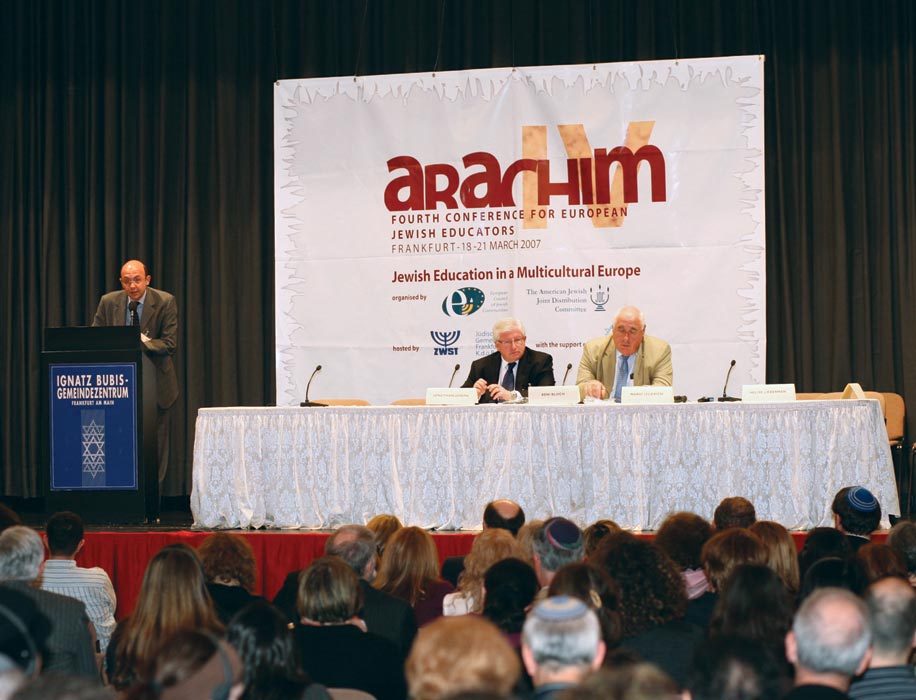
Speakers at a session of the fourth annual Arachim Conference
Nearly 200 participants from 24 countries attended that year’s conference, the theme of which was Jewish Education in a Multicultural Europe. Initiated in the 1990s, the JDC-supported Arachim program brings together leading European Jewish educators to discuss topic issues.
Frankfurt, Germany, 2007.
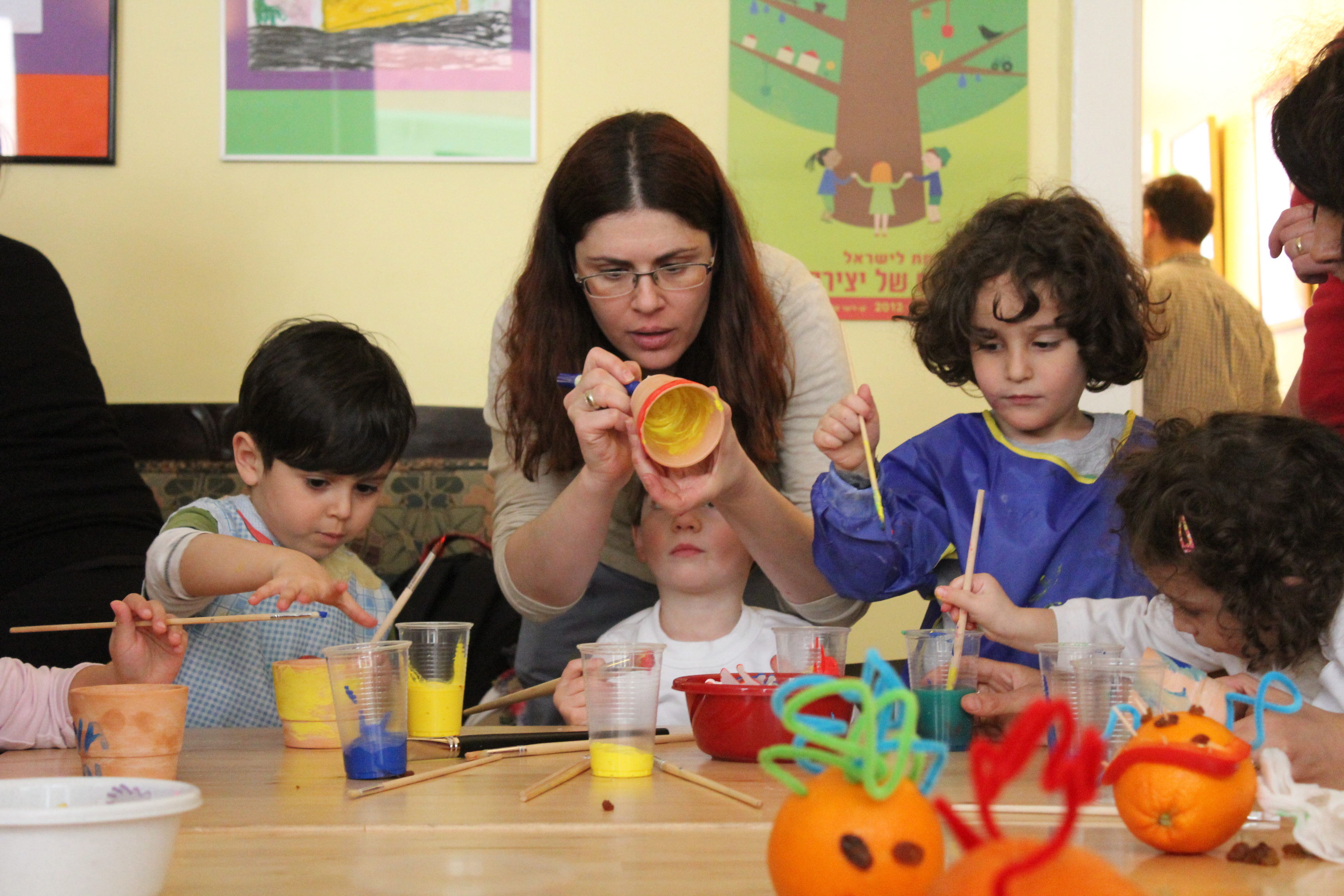
Arts and crafts at the Bambinim Center
The Bambinim Center, launched by JDC, offers Jewish educational initiatives and family-oriented programs, including an early childhood program, for Soviet Jewish immigrants to Germany as part of JDC’s mission of Jewish renewal.
Berlin, Germany, c.2008.
Exhibit
Everything Possible: JDC and the Children of the DP Camps
Featuring historic photographs from the JDC Archives, focuses on JDC’s significant efforts on behalf of children in the displaced persons camps established by the Allied Armed Forces after World War II. JDC was permitted to enter the camps to supplement minimal provisions with critical nutritional, medical, educational, and religious services for survivors.
